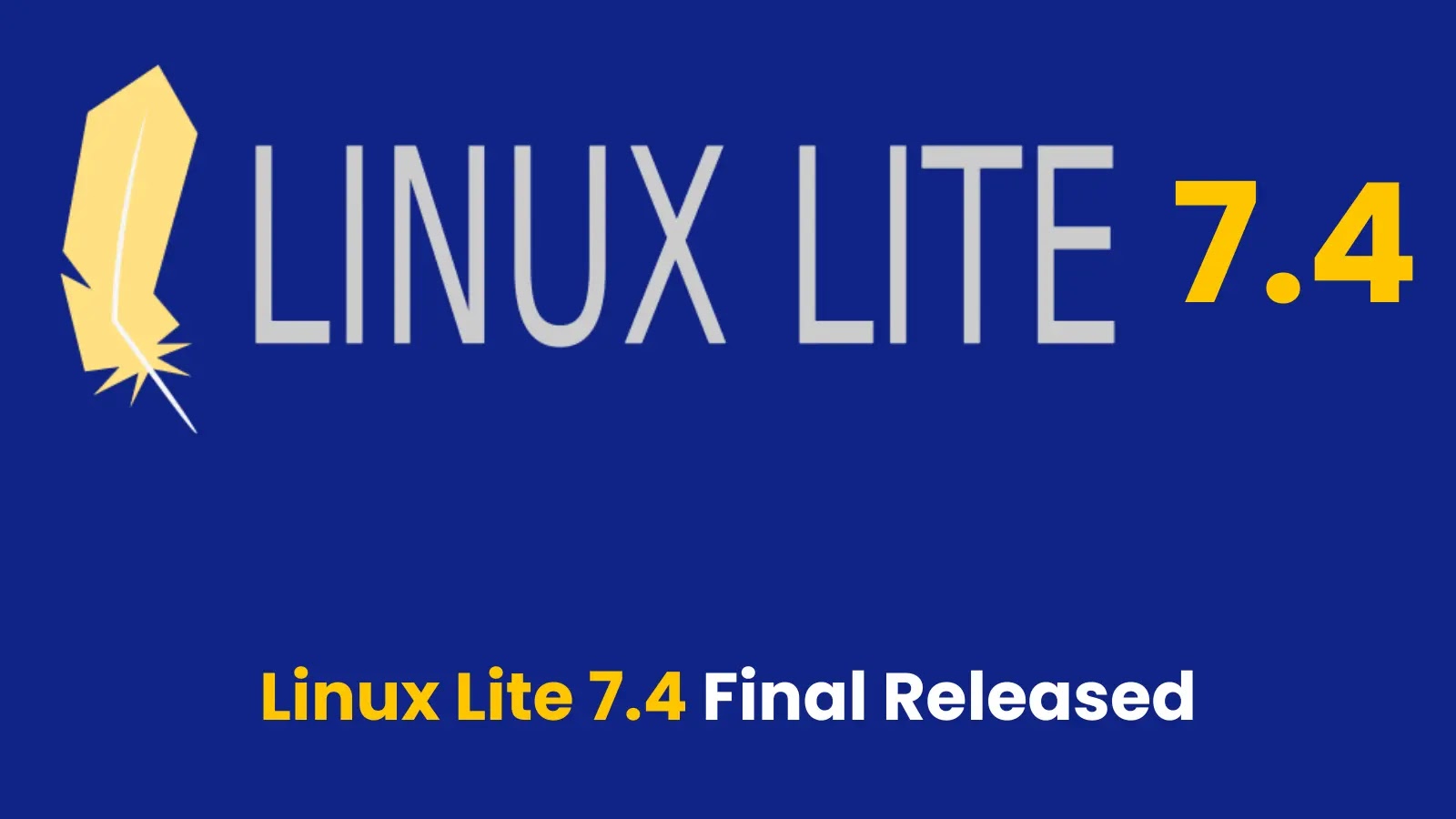.webp)
Introduction
Credential stuffing, a formidable cyber attack method, has evolved with the introduction of Atlantis AIO, an advanced tool that maximizes attack efficiency and scale.
The Growing Threat of Automated Attacks
The use of stolen credentials to breach accounts across multiple platforms isn’t new, but Atlantis AIO brings a disturbing leap in these techniques with its high-level automation capabilities.
Features of Atlantis AIO
- Tests millions of credentials rapidly across various platforms.
- Targets specifically cloud services and email providers with ease.
- Requires minimal technical skills for operation due to its user-friendly modules.
Abnormal Security researchers highlight the increasing adoption of Atlantis AIO in underground circles, making it a preferred tool among cybercriminals since early 2025.
Impact on Cybersecurity
Atlantis AIO not only jeopardizes individual accounts but also orchestrates broad campaigns that could lead to extensive data breaches, financial fraud, and more.
Vulnerable Targets
Organizations with predominant cloud-based infrastructures and those dependent on single-factor authentication are at increased risk.
How Atlantis AIO Works
With a sophisticated modular design, Atlantis AIO automates and amplifies the credential stuffing attacks:
- Leverages large databases of stolen credentials.
- Uses rotating proxies to avoid detection and blocks.
- Automatically captures session tokens upon successful login, flagging the account for further malicious activities.
Conclusion
Atlantis AIO represents a significant shift towards more automated and dangerous cyber attacks. Understanding its operation and impacts helps in developing robust defenses against credential stuffing.
Defend your digital assets against sophisticated cyber threats. Explore our Threat Intelligence solutions today.
Related: Title: Critical Alert: Exim Mail Transfer Agent Vulnerability – Immediate Patching
Last Updated: March 27, 2025




